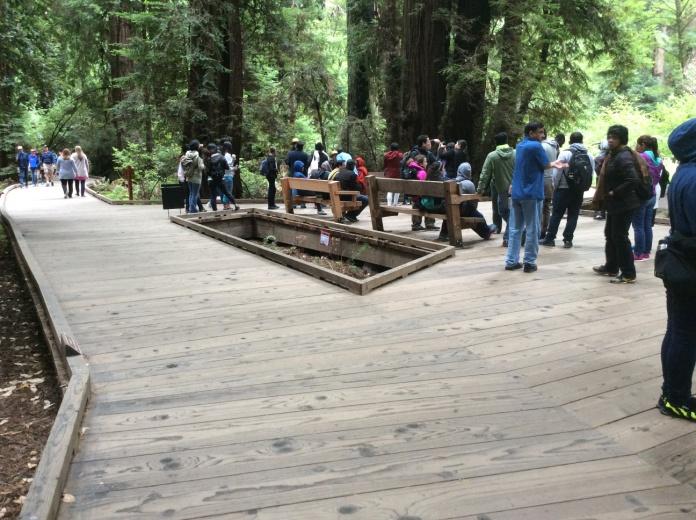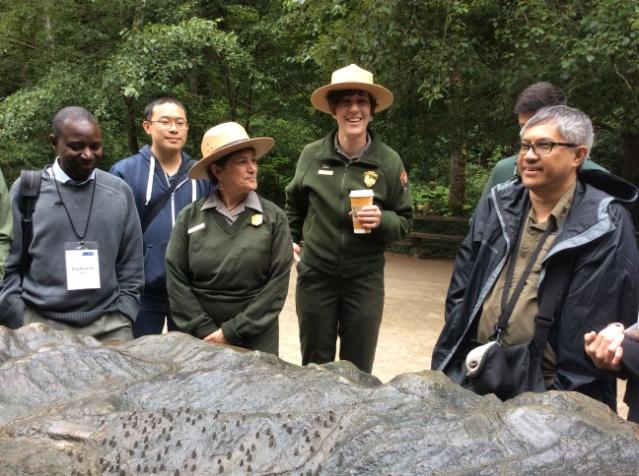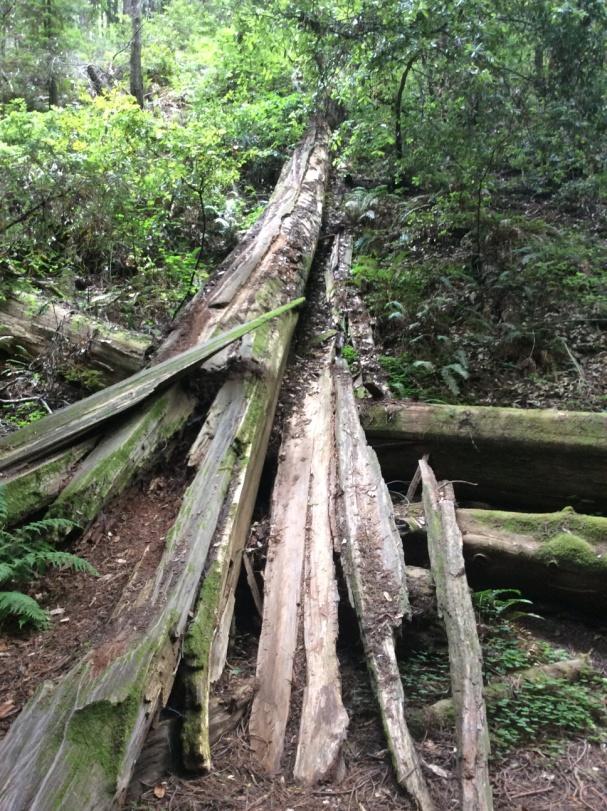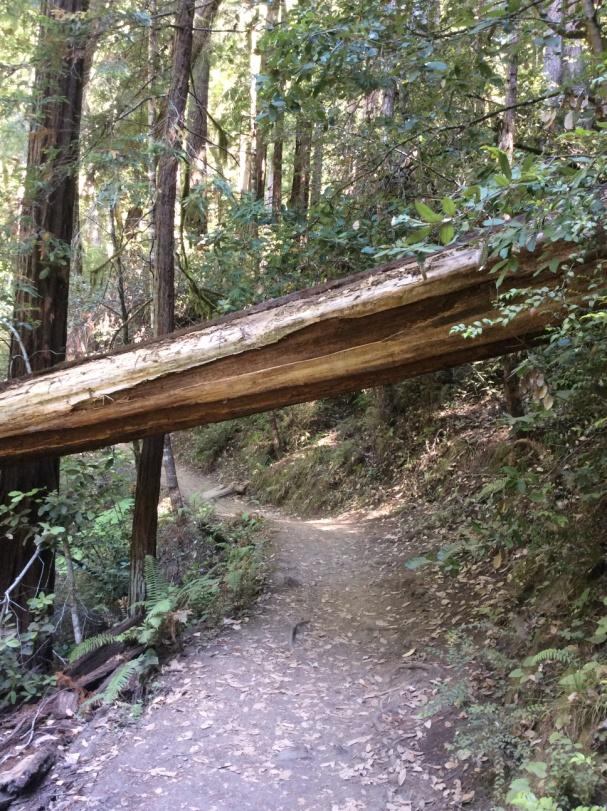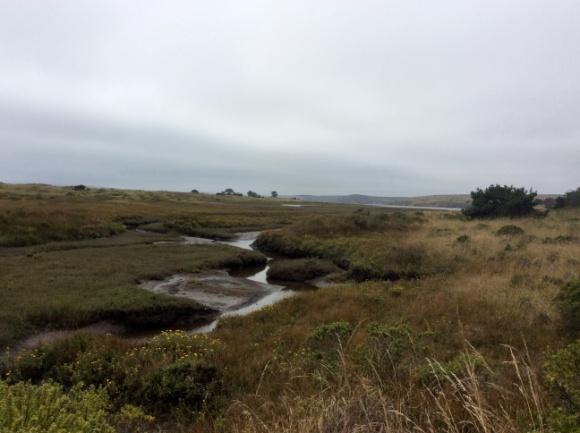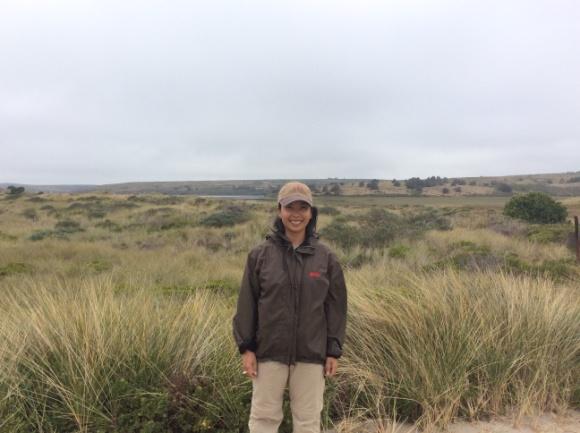by Clarissa Jensen (ELP 2016) | Student, University of Copenhagen, Denmark
Midway between the three-week Environmental Leadership Program, the time had finally arrived for our fieldtrip to Muir Woods, a National Monument, and Point Reyes, a National Seashore. I had been particularly excited about this fieldtrip due to many of my friends and acquaintances highlighting the great national parks and vast landscapes the U.S. had to offer.
Due to sheer excitement, I couldn’t fall asleep the night before, which resulted in me barely making the morning bus to Muir Woods, which was our first stop. After a couple of hours’ drive, the mighty redwoods started peaking through the morning mist. Having studied forest and nature management for the past three years, I was eager to learn about the management of the forest and compare this to nature management practices in Denmark.
From the moment we stepped off the bus and into the woods, several things caught my attention. Besides the amount of people who were visiting on a regular weekday, I was particularly surprised by the amount of man-made facilities, such as the ticket booth, souvenir shop and the enormous boardwalk, which served as the main path throughout the area. I critically thought to myself, “How do they ensure equal public access?” and “Is this an amusement park?”
Nevertheless, the two rangers, with their kind hospitality, enviable uniforms and eagerness to answer all of my questions quickly put my doubt to shame. With up to 4000(!) visitors on a regular Friday, this National Monument faced different constraints than the forests and natural areas in Denmark. It had been decided to accept an entrance fee to keep up the level of service and management the area required, but not before conducting an impact assessment and ensuring free access to certain audiences. The boardwalk was built to address the issue of visitors trampling on the redwood seedlings, thus preventing the re-growth of future trees.Still unsatisfied with the feeling of being too “far away” from nature, I managed to venture out (and get lost underway) on the walking trails around the area together with some fellow ELP participants. And what a wonderful detour it was! Just a couple of meters away from the boardwalk, the atmosphere turned serene and wild, only with the silent splashes from the stream to accompany us. Here we found young deer unalarmed by our presence and large amounts of dead wood, a component which is greatly missing from our forests in Denmark.
Slowly but surely, the three or so hours spent in Muir Woods turned into one of the main highlights for me during the course.
Next stop was Point Reyes, a National Seashore covering a vast landscape of dunes and grassland. Once again the group was mesmerized, not by a giant boardwalk, but a gigantic globe hovering in midspace. Four projectors were used to show all types of data, from sea temperatures to flights in a 24-hour timeframe. What it truly showed though, was the connection between the countries of the world and how, for example, air pollution produced in one area would float to another area, providing to be a great educational tool. After several minutes of oohs and aahs, we were given a brief lecture on the importance of the U.S. National Park System and how the key point in managing these areas is finding the balance between conserving our natural resources and at the same time securing public interests, which is something all of us participants could relate to.The day ended with a trip down to beach through the dunes and grasslands which were upkept by the wild grazers in the area. If there is one thing that truly amazed me during my first trip to the U.S. and for which I applaud this country for having, then it is the immense landscapes in which nature can roam free.


